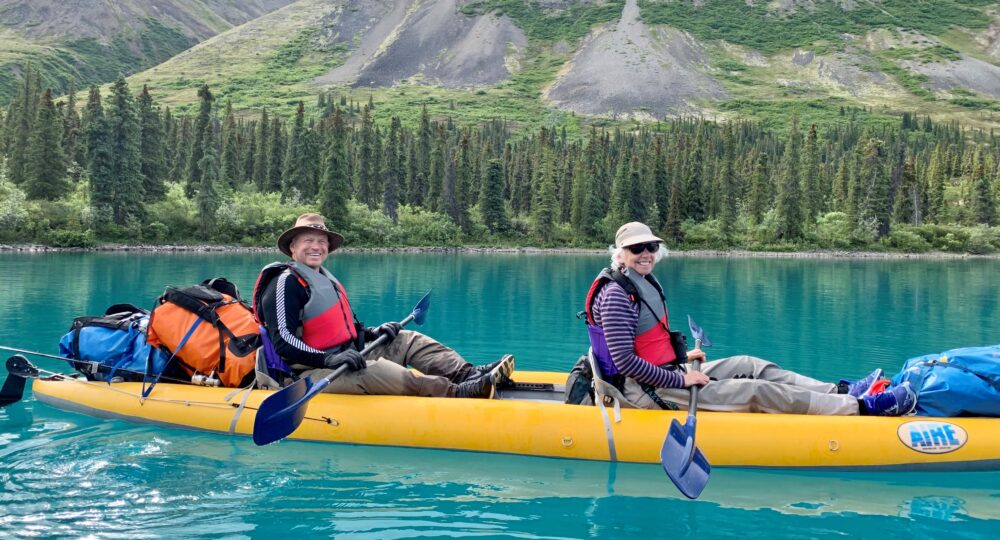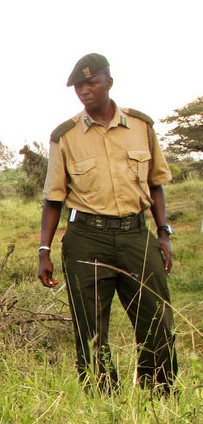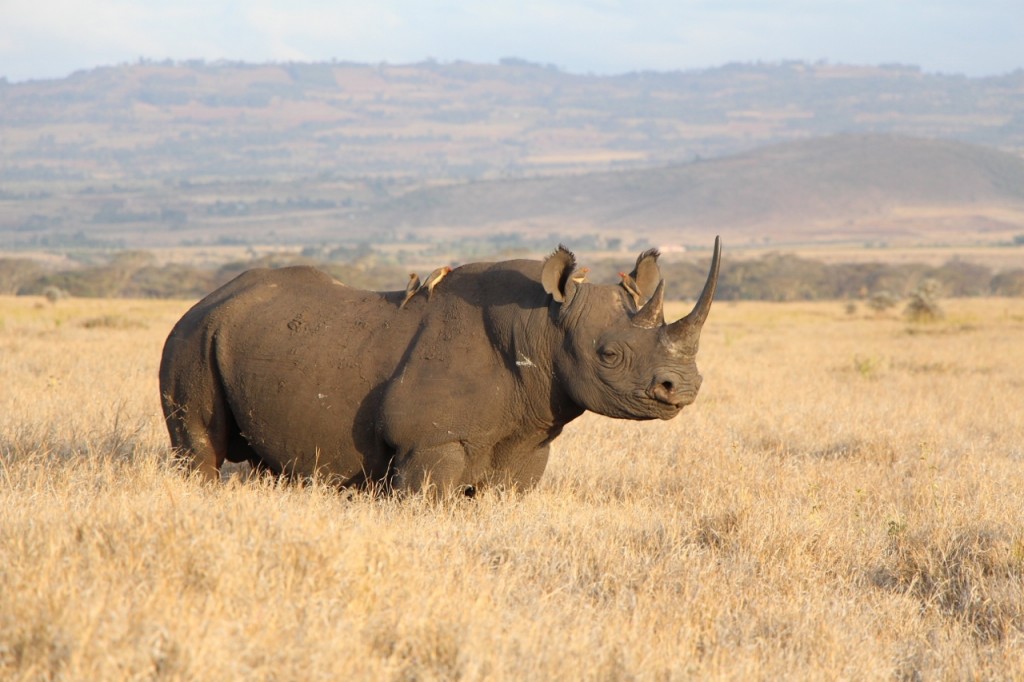On Monday, Anne, Sara Bonino, and I were watching a black Rhino being captured, loaded on a truck and shipped to the Sera Rhino Sanctuary. John Pameri, Lewa’s head of security told me that it was a dream twenty years in the making.
Kenya has about 640 black Rhinos. A week ago Lewa protected 73 of them but that will soon be down to 63. Ten, along with four from Lake Nakuru National Park and six from Nairobi National Park are being trans located to the Sera Conservancy Trust about 50 kilometers north of Lewa. This is a historic moment for Kenyan wildlife. In the 45 years since 1970 the 20,000 Kenyan Black Rhino population had been reduced to about 400 in the late 1990’s. The number has grown to around 640 Rhino living in private sanctuaries and National Parks. This is the first time that the Rhinos are being re-located to their traditional grounds to be protected from poaching by the local pastoralist community. The 20 rhinos will be fenced in an area of about 25,000 acres within the Sera Conservancy Trust.
Ian Craig, one of the founders of the Lewa conservancy and of the Northern Rangelands Trust is a principal driver of the Sera Rhino Conservancy. One of his dreams was to motivate and empower the local communities so that they would have both the desire and ability to protect local wildlife. The Sera Rhino Conservancy is an embodiment of that dream. Registered in 2001 under the umbrella of NRT, Sera Conservancy Trust has been an active member of NRT taking part in women’s beading, livestock to market, rangelands management and good governance. They have come to realize that hosting the Rhino sanctuary benefits them in many ways. The local community got jobs as the sanctuary was built and they will see more in providing security and management for the Rhinos. In addition the Rhinos will provide a tourist draw leading to future economic development. Hopefully, they also realize that as Rhinos are part of their heritage and natural environment, the Rhinos have an intrinsic value as well.



